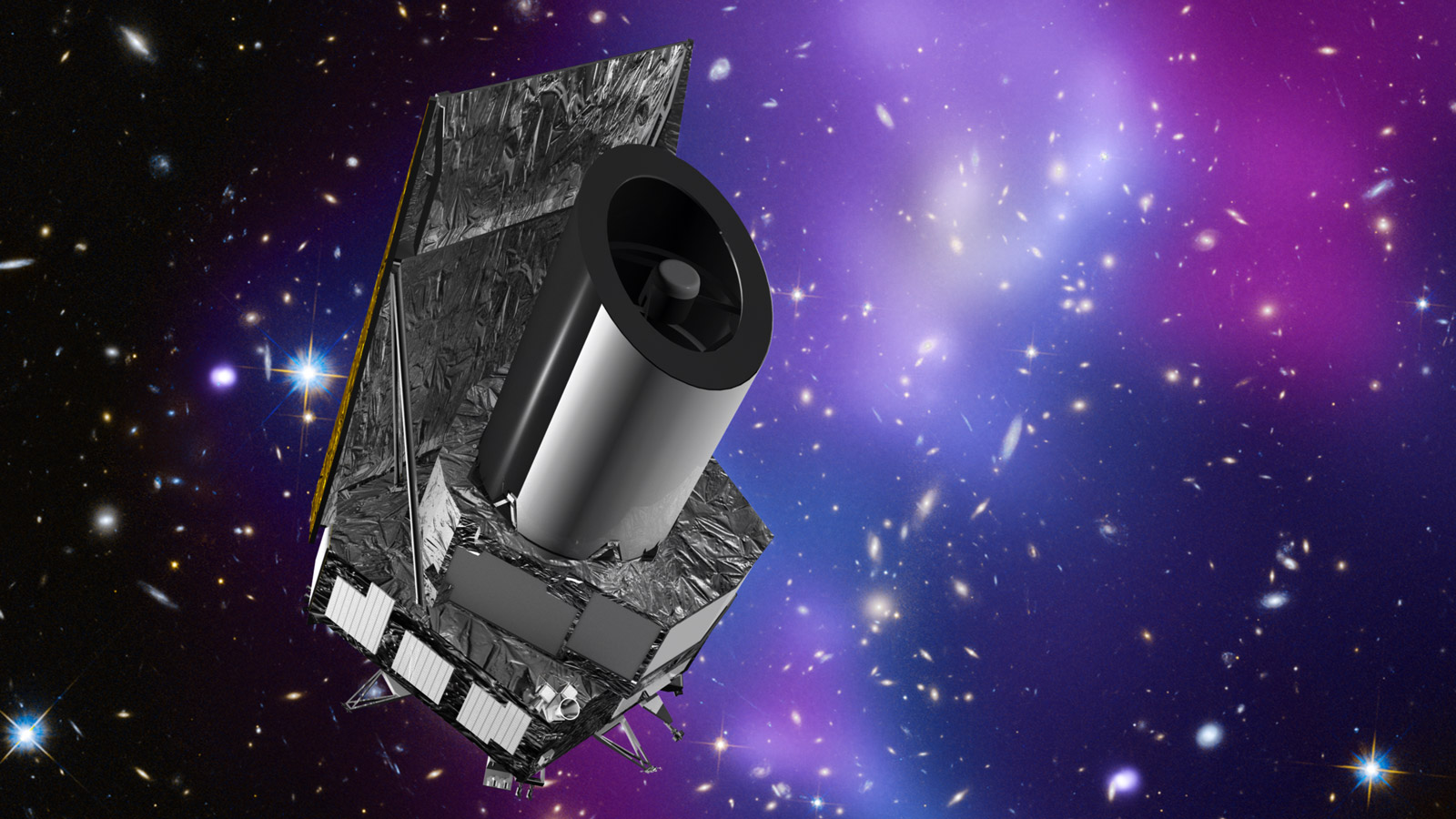We reach more than 65,000 registered users in Dec!! Register Now

Euclid - A Mission to Explore the Dark Universe Ready to Take Shape
- December 31, 2015
- 1684 Views
- 0 Likes
- 0 Comment
Euclid is a European Space Agency mission to investigate the profound components of the Dark matter and Dark Energy. It was initially started in 2007 and later went on for numerous refinements. Now it is based on the NASA's Jet Propulsion Laboratory. it is just a start to one of the many such missions to be followed which uncovers the mystery behind why space is not only expanding, but stretching apart at ever-increasing speeds.
As we all know the Universe is endless and bound to infinity. To study and explore it is always of great interest to many people. One such mission is Euclid. It is a European Space Agency (ESA) mission with important contributions from NASA, including infrared detectors for one instrument and science and data analysis to investigate the profound cosmic mysteries of dark matter and dark energy. It has now passed preliminary design review. This clears the way for construction to begin. It is scheduled to be launched in 2020.
First proposed to ESA in 2007, Euclid was selected as the second medium-class mission in the Cosmic Vision program in October 2011. Italy's Thales Alenia Space was chosen as the prime contractor in 2013.
Since then, the mission's design has been studied and refined. This process has involved a wide range of detailed technical designs, in addition to building and testing key components.
"We are excited for the opportunity to contribute the critical detector component for Euclid's near-infrared instrument and look forward to working closely with ESA on this important mission," said Ulf Israelsson, the NASA Euclid project manager at NASA's Jet Propulsion Laboratory in Pasadena, California.
"This is really a big step for the mission," said Giuseppe Racca, ESA's Euclid project manager. "All the elements have been put together and evaluated. We now know that the mission is feasible and we can do the science."
Observations made over recent decades reveal that the normal matter -- what you find in everyday objects and in our own bodies -- is actually only a fraction of the total matter in the universe. The rest is dark matter, an invisible substance whose existence can be inferred through its gravitational pull.
Dark energy is even more mysterious than dark matter. It is thought to explain why space is not only expanding, but stretching apart at ever-increasing speeds.
By mapping the shapes, positions and movements of two billion galaxies across more than a third of the sky, Euclid will provide astronomers with an unprecedented wealth of data to infer the presence of dark matter and dark energy indirectly. The unrivaled accuracy of the mission's measurements will bring astronomers closer to solving the mystery of these baffling entities.
The mission will investigate the distance-redshift relationship and the evolution of cosmic structures by measuring shapes and redshifts of galaxies and clusters of galaxies out to redshifts ~2, or equivalently to a look-back time of 10 billion years. In this way, Euclid will cover the entire period over which dark energy played a significant role in accelerating the expansion.
It is designed to accurately measure the expansion history of the universe and the growth of cosmic structures. The Euclid instruments are provided by the ESA member states, with NASA contributing to the NISP (near-infrared spectrometer and imaging photometer). The mission will carry out a large-area optical and near-infrared imaging survey and a spectroscopic survey in the wavelength range 1.1– 2.0 microns.
The outcome of Euclid's recent review was positive, opening the door for the industrial contractors and external instrument teams building the spacecraft and payload. Airbus Defence & Space in France will deliver the complete payload module incorporating a 3.9-foot-diameter (1.2-meter) telescope feeding the two science instruments being developed by the Euclid Consortium.
"This is a major milestone for us. Everyone is now ready to start cutting metal," said René Laureijs, ESA's Euclid project scientist.
NASA's Euclid Project Office is based at JPL. JPL will provide the infrared flight detectors for one of Euclid's two science instruments. NASA Goddard will perform detailed testing on flight detectors prior to delivery. The Euclid NASA Science Center is based at the Infrared Processing and Analysis Center (IPAC) at the California Institute of Technology in Pasadena, California. It will support all US investigators, including three teams selected by NASA. Caltech manages JPL for NASA.
Source:
http://www.nasa.gov/feature/jpl/dark-universe-mission-ready-to-take-shape
More information is online at:









